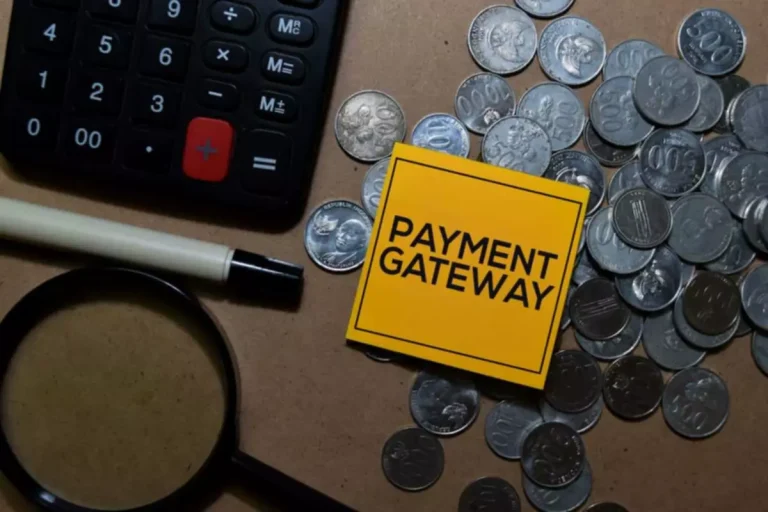If your buying and selling bot is operating on a home pc with an unstable internet connection, slippage is the least of your problems. Signal up beneath for free to obtain the latest market tendencies, unique trading insights, and complete market predictions from Kairon Labs’ Senior Quant Merchants.
In DEXs, slippage refers to the distinction between the value a person expects when inserting an order and the precise execution value. This difference is usually expressed as a proportion and arises because of market conditions or liquidity shortages. A optimistic slippage might happen when the price at which a position is executed is better than the expected price at which the place was initially set. And a negative slippage could possibly be when the worth at which a place is executed is worse than the expected value.
The AI-driven buying and selling market, valued at $18.2 billion in 2023, is expected to nearly triple by 2033. Platforms like LuxAlgo’s AI Backtesting Assistant additionally leverage AI for backtesting and technique optimization, equipping traders with data-driven execution insights. Advanced buying and selling platforms can help in identifying the best entry factors. By carefully managing both the scale and timing of your trades, you can reduce slippage and enhance your overall execution outcomes. The United States dollar-Hungarian forint foreign money pair is considered an “exotic” and average buying and selling volumes are lower than these of one of many “major” foreign money pairs similar to EUR/USD. Investing in Fairness Shares,Derivatives, Mutual Funds, or different devices carry inherent dangers, including potential lack of capital.
This information is for instructional purposes solely and shouldn’t be taken as investment advice, private recommendation, or a proposal of, or solicitation to, buy or sell any financial instruments. The stocks, securities, and investment devices mentioned herein usually are not suggestions underneath SEBI (Research Analysts) Rules, 2014. Readers are suggested to conduct their own due diligence and search independent monetary advice before making any investment decisions. If you want extra control over your entry and exit costs, restrict orders are your finest pal.

Slippage can be defined because the distinction between the specified price of a trade and the value at which it’s ultimately executed. It can happen due to several factors, including market volatility, order measurement, liquidity, and market influence. When there’s a lack of liquidity or a major imbalance between buyers and sellers, it turns into challenging to execute trades at the desired worth, resulting in slippage.
Slippage tolerance is necessary as a end result of it impacts the overall slippage tolerance efficiency and profitability of a trading technique. If the slippage tolerance is set too low, it could result in frequent rejected trades and missed opportunities. On the opposite hand, if the slippage tolerance is set too high, it might result in extreme execution prices and lowered profitability. Slippage tolerance refers again to the most deviation allowed between the expected worth when placing a trade and the actual execution value. It is a measure of how much the price can transfer towards the trader’s desired entry or exit worth earlier than the commerce is executed. Slippage is a standard occurrence in trading where the execution value of a trade differs from the expected value.
Total, slippage tolerance is an important issue to suppose about when trading, as it could considerably have an result on the profitability and danger of a trade. Traders ought to fastidiously assess their risk tolerance and market circumstances to determine the optimal slippage tolerance for his or her buying and selling strategy. To tackle slippage effectively, give attention to trading during high-liquidity periods, use restrict orders for extra correct pricing, and leverage analytics to uncover cost-driving patterns.
Why Does Slippage Occur?
When buying and selling in highly aggressive or low-liquidity markets, prices can change before the order is completed. These orders might fail without slippage tolerance, making merchants to overlook potential profit avenues. A well-set tolerance permits trades to progress regardless of minor deviations, serving to secure positions. Slippage tolerance is a percentage of slippage you’re prepared to simply accept in your order to still be executed in case it does occur. Some merchants might use a slippage tolerance of 0.1% – 0.5% to try and mitigate that risk. Slippage is used when the executed value of a place you enter differs from the expected value.

One of the ways you would mitigate your overall exposure to slippage is by buying and selling during hours when the market is most active and when the liquidity is at its highest. The place won’t be executed if the value doesn’t reach your specified restrict order worth. Let’s say you had been buying and selling the foreign exchange market and looking to enter a protracted (buy) place on GBP/USD buying and selling at an asking value of 1.2310, and also you opened the position with a market order. The draw back to utilizing these order types is if the value doesn’t attain that level, the order won’t be executed. Self-confessed Foreign Exchange Geek spending my days researching and testing everything foreign exchange related. I have many years of expertise in the foreign exchange business having reviewed hundreds of forex robots, brokers, methods, courses and extra.
- Markets with larger liquidity and lower volatility have a tendency to not expertise slippage to the identical diploma as when a market has higher ranges of volatility and decrease liquidity.
- Your precise trading could lead to losses as no buying and selling system is guaranteed.
- Worth slippage pertains to the distinction between the anticipated value of a commerce and the precise price booked out there.
- News events create a spike in volatility and widen spreads, making it harder for brokers to execute orders at the anticipated price.
What Is Slippage In Trading? — Here Is How It Can Be Avoided
Without a well-defined tolerance, trades may fail or lead to unintended outcomes, compromising the effectivity of the strategy. In essence, slippage tolerance acts as a buffer against market unpredictability. It’s especially important in fast-moving markets like Foreign Exchange, crypto cash, and shares, where costs fluctuate considerably inside seconds. The calendar will define the exact time that stories shall be launched on elements such as unemployment levels, interest rate choices, and monetary output. These can influence investor sentiment and lead to elevated trading exercise. There may even be bulletins which are specific to property you maintain fairly than to the broader market.
Managing Slippage Tolerance
As the DeFi ecosystem evolves, extra progressive options will emerge, making decentralized buying and selling extra environment friendly, safe, and clear. Throughout large-volume trades or excessive market volatility, negative slippage can result in significant losses. For instance, shopping for a ten,000worthoftokenswitha510,000worthoftokenswitha5500. As talked about above, main information announcements or financial occasions may cause costs to fluctuate whereas increasing the degrees of volatility.
For illustration, certain jurisdictions mandate specific order execution practices or disclosure of slippage statistics, which may form how brokers and traders set tolerance ranges. In the fast-changing area of buying and selling, where every millisecond matters and might dramatically influence monetary results, slippage tolerance emerges as a major Cryptocurrency factor for merchants. It acts as a safeguard, defending trades from the inexorable cycles of market instability whereas ensuring swift and efficient execution. In addition, how the AMM model is structured may also contribute to slippage in decentralized exchanges.
On the other hand, setting the slippage tolerance too low might result in missed buying and selling alternatives as trades aren’t executed due to https://www.xcritical.com/ small worth deviations. In other words, it is the distinction between the worth you supposed to buy or promote an asset for and the price at which the commerce was actually executed. This can happen due to numerous factors, such as sudden market fluctuations, low liquidity, and community congestion.
